Terminology: The German Carve
I was working on the history of the 381 when I fell down a rabbit hole around the term “German carve”. And the more I learned the more I realized that it really deserved a brief write-up of its own. So here we are. Trust me, you’re gonna be surprised and a little amused at the end!
So first, let’s define just what a “German carve” is. The German carve is a design feature that has a pronounced, concave, stepped edge (the technical term is the “recurve area”) around the perimeter of the body. Here it is on a modern Serus Novo T.
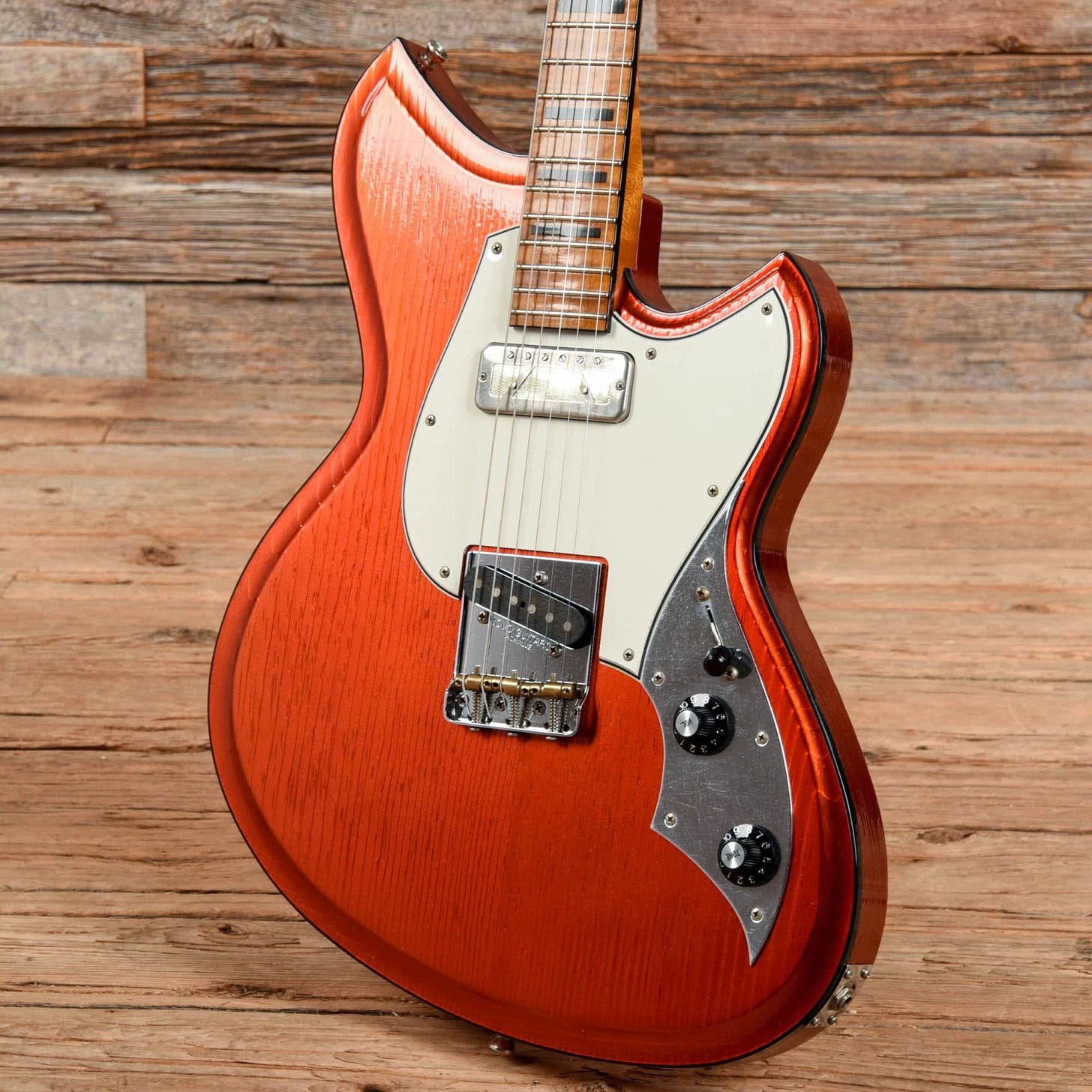
As seen on modern guitars, it’s an adaptation of a style/technique that first began appearing on postwar German archtop guitars.

Many of these postwar German luthiers had been trained as violin-makers—or at schools that had STARTED as violin schools and added plucked instruments. And this design element was an exaggerated adaptation of a design element closely associated with German and Austrian violin design—especially from the Mittenwald and Schonberg schools—wherein at the waist the top had a much more abrupt arch than the rest of the top, creating that stepped effect.
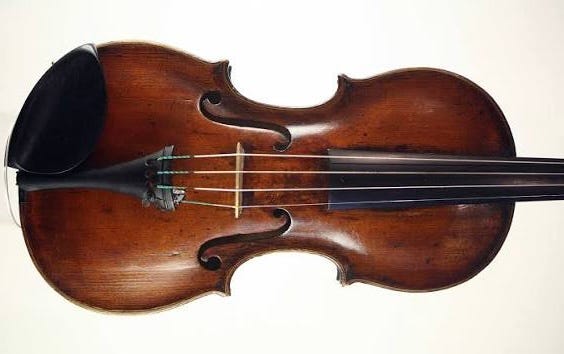
So the etymology of the term German carve makes a lot of sense. But how did the term itself come to be? Surely luthiers in postwar Germany didn’t refer to this technique in as a “German carve”?
This is where Rickenbacker enters the conversation. Or more precisely, Roger Rossmeisl. Rossmeisl was a postwar German luthier who was the son of a German luthier and had studied at the Schonberg school…so he pretty much grew up at ground zero of the German carve. Rossmeisl immigrated to the US in 1953, worked briefly at Gibson, then made his way west where he landed at Rickenbacker in 1954. And as his 1949 Roger Junior above shows, Rossmeisl loved him some German carve.
Was Roger or Wenzel (Roger’s father) Rossmeisl the first German luthier to build a guitar like this? I mean, there’s no way to say—it’s not like the German postwar archtop guitar business was huge or well documented. But probably not—you can find plenty of others out there. Did they take it to the extreme? Absolutely!

And so one of Rossmeisl’s first acts at Rickenbacker was to take the about-to-be-launched Combo 600 and 800–with silhouettes that had been designed by an outside design firm—and give them some of that sweet, sweet German carve.

And so the German carve entered the US guitar market. But Rossmeisl wasn’t done spreading the gospel. He went on to build several prototype guitars for Rickenbacker with German carves…but apart from the low-volume Combo 850 none made it into production.
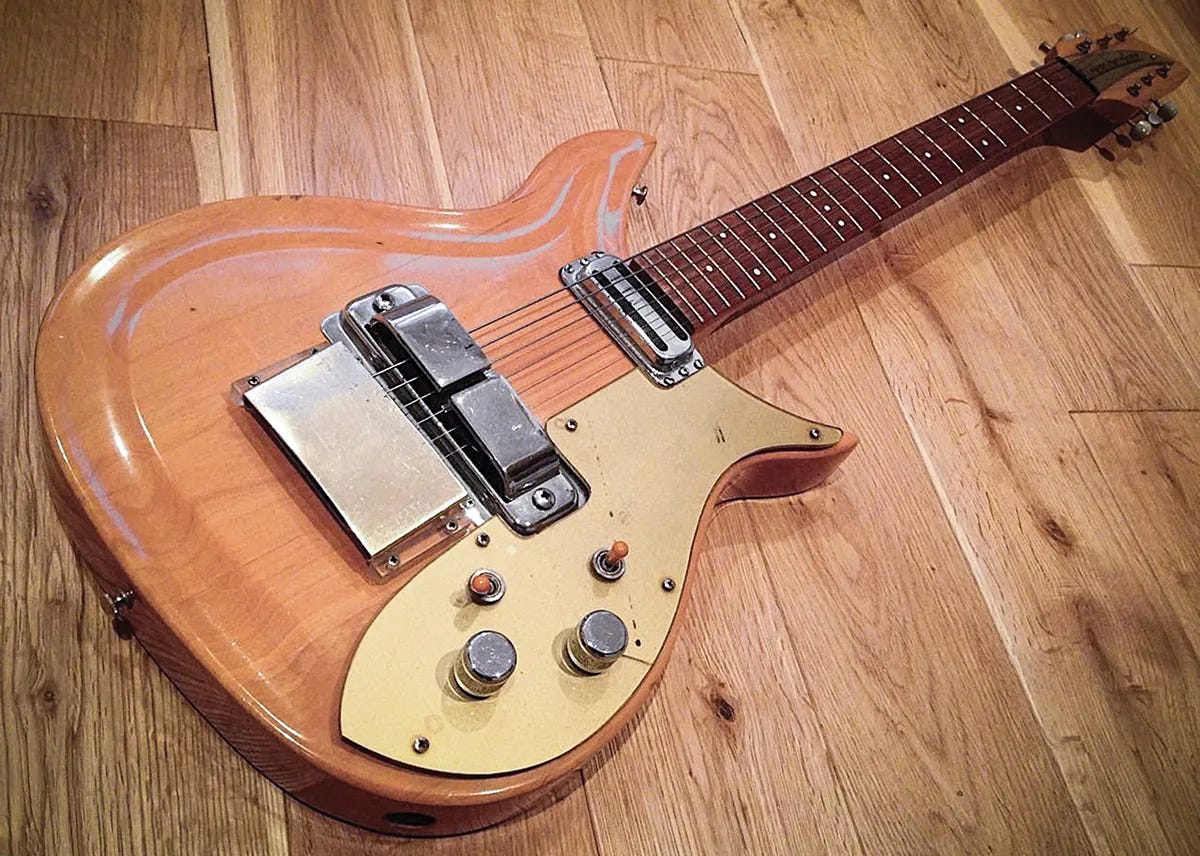
There’s a pretty good reason why that’s so. When I say Rossmeisl built these guitars, I mean he literally built these guitars. Pretty much by hand. There were no CNC machines to cut a German curve in the 1950s! And among the apprentices he took on to help him churn these things out out was a young Semie Moseley. Semie learned how to do the German carve from Rossmeisl, and when he left Rickenbacker to build his own guitars, they too featured the German carve.
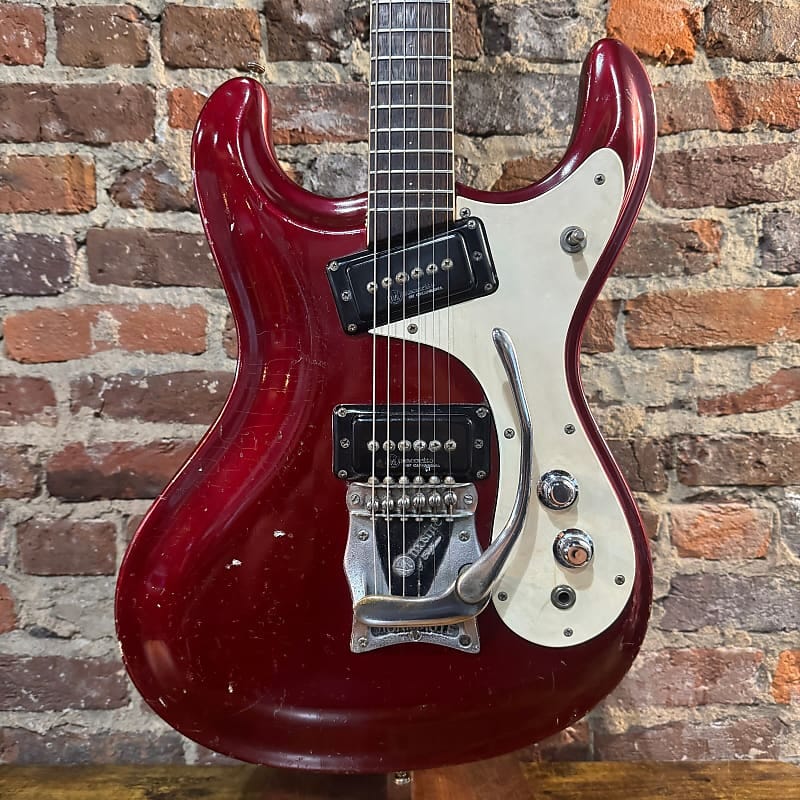
The design spread from there to become part of the design lexicon. In the years since, many companies have had guitars with a German carve. It’s almost a signature feature of Dennis Fano’s guitars. Heck, even Fender had one!

That’s cheating a bit, if I’m honest. Why? Because the Fender LTD was designed and built by Roger Rossmeisl during his years at Fender!
Funnily enough, the most famous German carved Rickenbacker didn’t appear until seven years after Rossmeisl had left. 1969’s 381 isn’t technically a Rossmeisl design—he never built a guitar exactly like it—but all of its components are pure Rossmeisl, just put together in a new way.
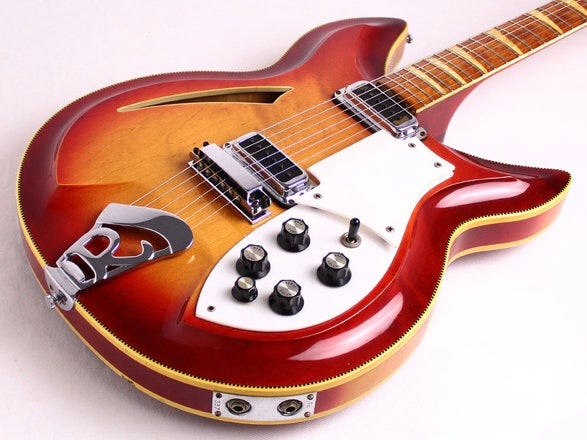
So why do we call it a German carve? In the pre-internet age nobody knew the history. Nobody knew it was a traditional German/Austrian violin design feature that had leapt to postwar German archtop guitars. What people DID know was that nobody in the US had seen anything like it until Rickenbacker hired this German dude to design their guitars. So really, by “German carve” people really mean “The German’s carve” or, more precisely, the “Rossmeisl carve”. And so the term is derived not from where the technique was born but from the nationality of the man who introduced and popularized it in the US market. Thanks, Roger.
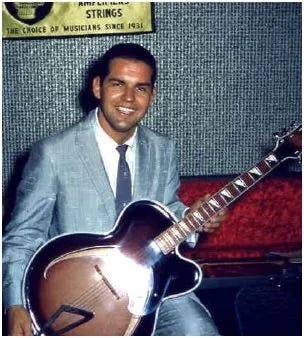
In going down this rabbit hole I learned a LOT about Rossmeisl—a lot of which contradicts his “official” story! It’s a fascinating story that includes running from the East German secret police (and banks!) and a fake background story to gain entry to the US. The story deserves to be told, and it deserves more than to be tacked on to this article. Watch this space!
Want to learn more about…everything else? Check out our handy site map to see what we’ve already covered. Got something you’d like to see covered? Drop it in the comments and we’ll add it to the queue.


Cool article, and some incredibly beautiful guitars!
A few years ago, I bought one of Fano’s designs that had the German carve, a Rivolta bass. Very nice overall, but not a good fit for me ultimately.
Roger’s designs for Rickenbacker are timeless and very elegant.